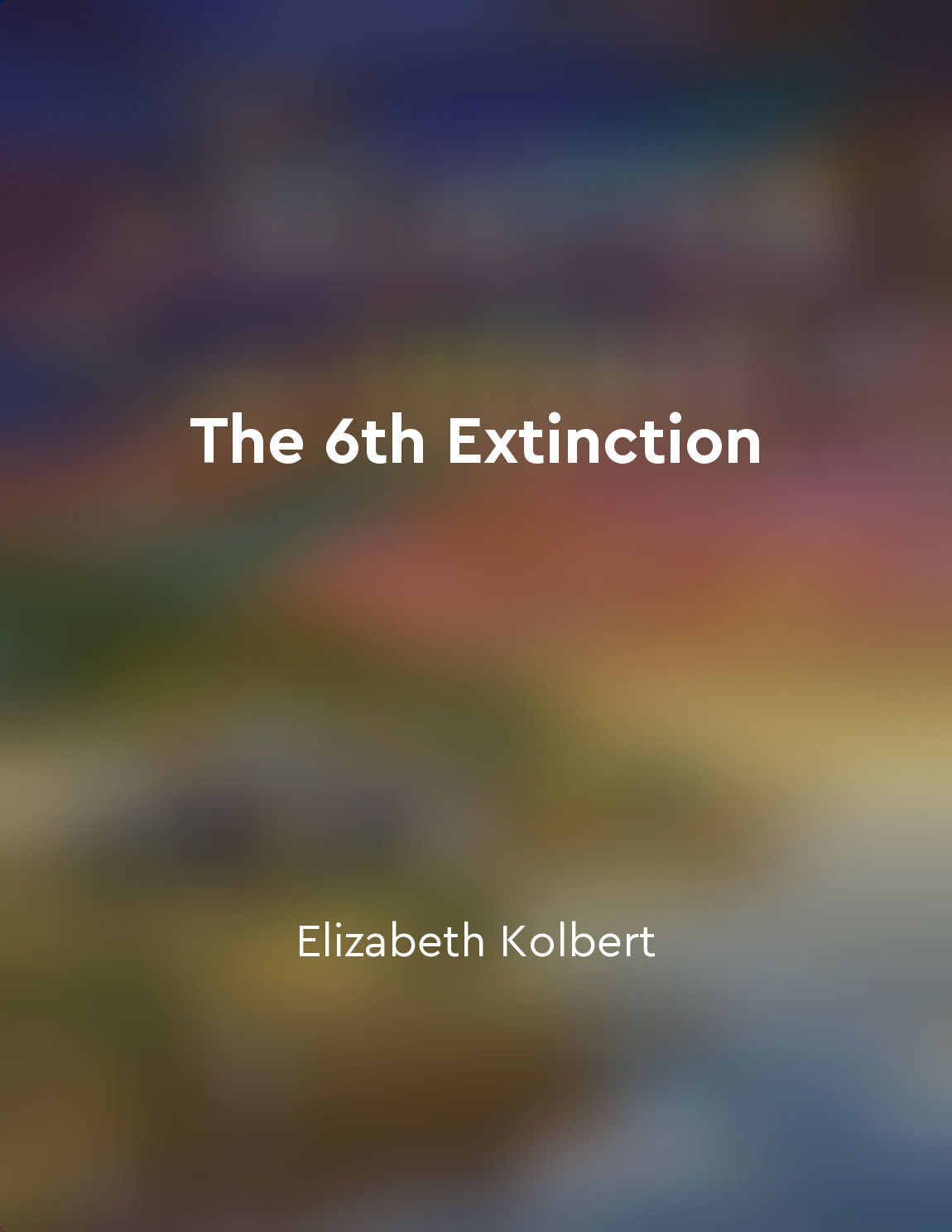Waterways become cleaner over time from "summary" of The World Without Us by Alan Weisman
Without constant human interference, nature has an impressive ability to heal itself. Take, for example, the waterways that crisscross our planet. When we envision a world without us, we see rivers and streams gradually returning to a state of cleanliness. Over time, without pollutants being dumped into them or dams blocking their flow, these waterways can undergo a remarkable transformation. As industrial activities cease and toxic chemicals are no longer introduced into the environment, aquatic ecosystems are given the opportunity to recover. The delicate balance of life in rivers and lakes can be restored, with plants and animals flourishing once again. Without the constant threat of contamination, fish populations can rebound, and the water itself can become clearer as sediment settles and pollutants break down naturally. In the absence of human structures like dams and levees, rivers can resume their natural course, meandering and shaping the land as they have for millennia. This allows for the creation of diverse habitats along the water's edge, supporting a variety of species and contributing to overall ecosystem health. Wetlands can also reestablish themselves, acting as natural filters that help purify the water and provide crucial habitat for countless organisms. The process of waterways becoming cleaner over time is a testament to the resilience of nature. Given the chance to recover from human impacts, rivers and lakes can gradually return to a state of balance and purity. As we imagine a world without us, we can envision these vital lifelines rejuvenating themselves, offering hope for a future where the waters run clean and teeming with life once more.Similar Posts
Adaptation is necessary for survival
In nature, the ability to adapt is not just a useful skill - it is a necessary one. Organisms that fail to adapt to changing en...

Species are struggling to adapt to rapidly changing environments
In the face of rapid environmental changes, many species are finding it increasingly difficult to adapt. The world as we know i...

Resilience
Resilience is a quality found in the blue crab that enables it to endure harsh conditions and thrive in its environment. This r...
Planet Earth is teeming with life
The Earth is a vibrant and bustling place, filled with an incredible array of living organisms. From the tiniest microorganisms...
Trauma shapes behavior
Trauma can reshape the mind, altering the way we see the world and how we interact with it. It can leave an indelible mark on o...
The urgency of climate change calls for bold and transformative action
The reality of climate change demands urgency, a call to action that cannot be ignored or delayed any longer. The signs are all...
The diversity of species is aweinspiring
The sheer variety of life forms that inhabit our planet is truly staggering. From the tiniest microorganisms to the largest mam...
Quantum and classical physics
Quantum physics is the branch of physics that deals with the behavior of very small things, like atoms and subatomic particles....
